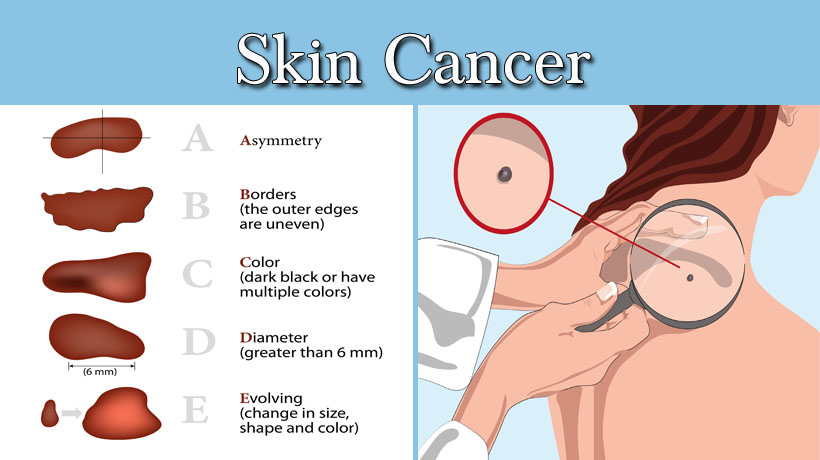Years of working on your tan may come at a cost. According to the National Cancer Institute, skin cancer is one of the most common cancers. And while sun exposure isn’t the only cause of skin cancer, two of the most common types of nonmelanoma skin cancers have a proven correlation with sun damage, according to dermatologist Amy Amonette Huber, MD.
There are several different types of skin cancer. Here are three of the most common types and what you need to know about them.
Basal cell carcinoma
Carcinoma is a type of cancer that starts in cells that make up the skin. According to WebMD, basal cell carcinoma (BCC) is the least risky type of skin cancer. As long as you catch it early, it’s unlikely to spread from your skin to other parts of your body. However, BCC can invade the surrounding tissue and grow into the nerves and bones, causing damage and disfigurement.
According to the American Academy of Dermatology (AAD), this is the most common form of cancer. You can identify BCC by a flesh-colored, pearl-like bump or a pinkish patch of skin. They usually appear on places with heavy sun exposure (like the nose and face) and are generally more likely to appear on fair or light-colored skin.
Squamous cell carcinoma
This is the second most common kind of cancer. Squamous cell carcinoma (SCC) grows on a higher part of the skin cell than BCC, according to the American Cancer Society. SCC is more likely to grow into deeper layers of skin and spread to other parts of the body than basal cell cancers, although this is still uncommon.
The ADD says SCC often looks like a red firm bump, scaly patch, or a sore that heals and then reopens. Just like BCC, people with fair skin are more likely to get SCC; however, they can still appear in darker-skinned people. UV exposure from the sun or tanning beds is a major risk factor.
Melanoma
Melanoma is the deadliest cancer because it is more likely to spread, according to the health website Medical News Today. Melanoma is a form of skin cancer that arises when pigment-producing cells called “melanocytes” mutate and become cancerous.
The AAD says melanoma develops in a mole or suddenly appears as a new dark spot on the skin. If the mole changes, it could be melanoma. The AAD recommends using the “ABCDEs” to watch for melanoma:
A = Asymmetry, when one half is unlike the other half of the mole.
B = Border, for irregular or poorly defined borders on the mole.
C = Color. Does the color vary from one area to another? Are there hues besides brown, like tan, black, blue, or red?
D = Diameter. A melanoma mole is usually bigger than 6 millimeters.
E = Evolving. Keep an eye on suspicious moles. If they change in size, shape or color, let your doctor know immediately.
Sources:
https://www.cancer.gov/types/common-cancers
https://www.aad.org/public/spot-skin-cancer/learn-about-skin-cancer/types-of-skin-cancer
https://www.webmd.com/melanoma-skin-cancer/guide/skin-cancer#1
https://www.skincancer.org/skin-cancer-information/ask-the-experts/is-sun-exposure-the-only-cause-of-skin-cancer
https://www.cancer.org/cancer/basal-and-squamous-cell-skin-cancer/about/what-is-basal-and-squamous-cell.html
https://www.medicalnewstoday.com/articles/154322.php



